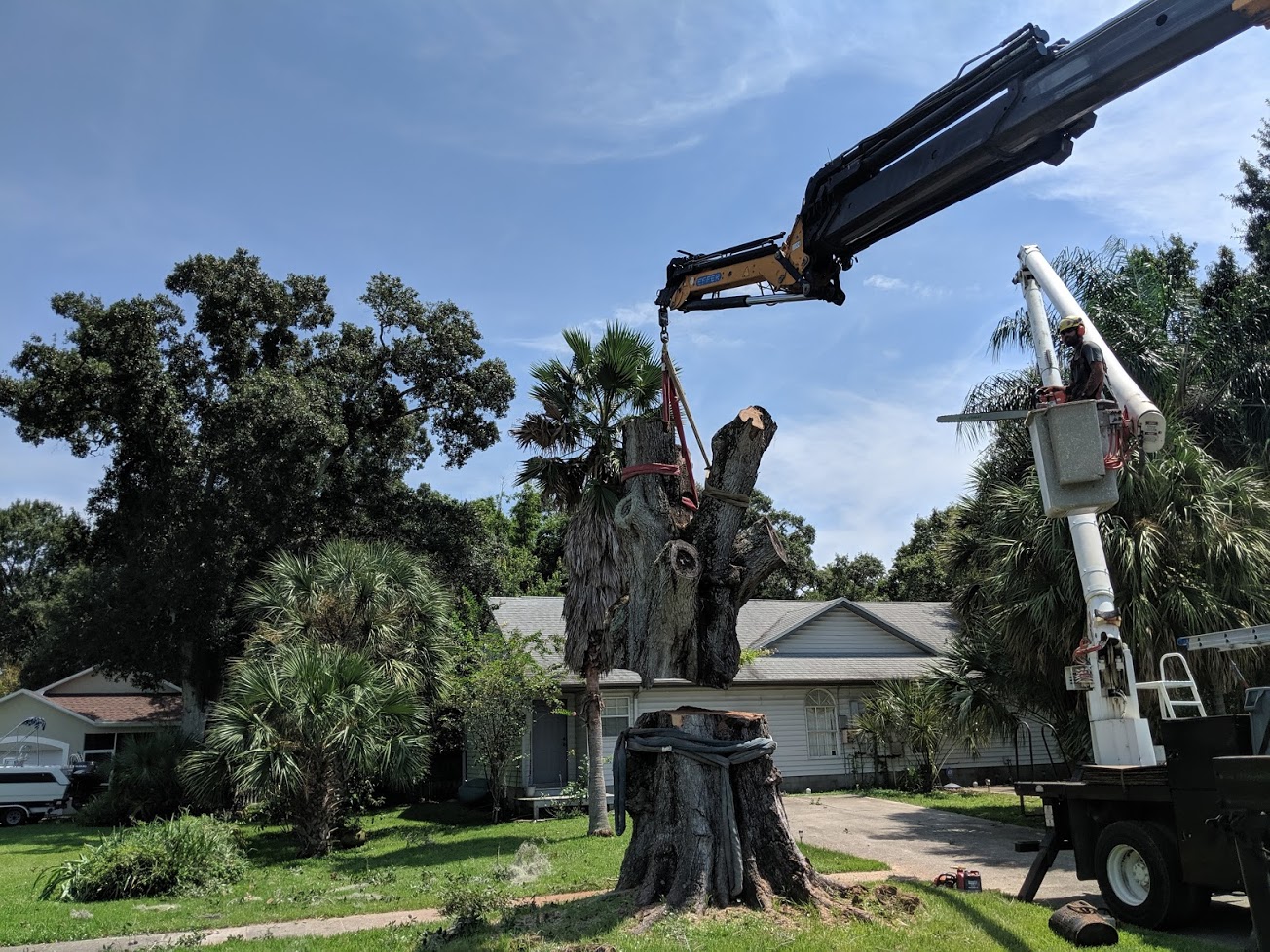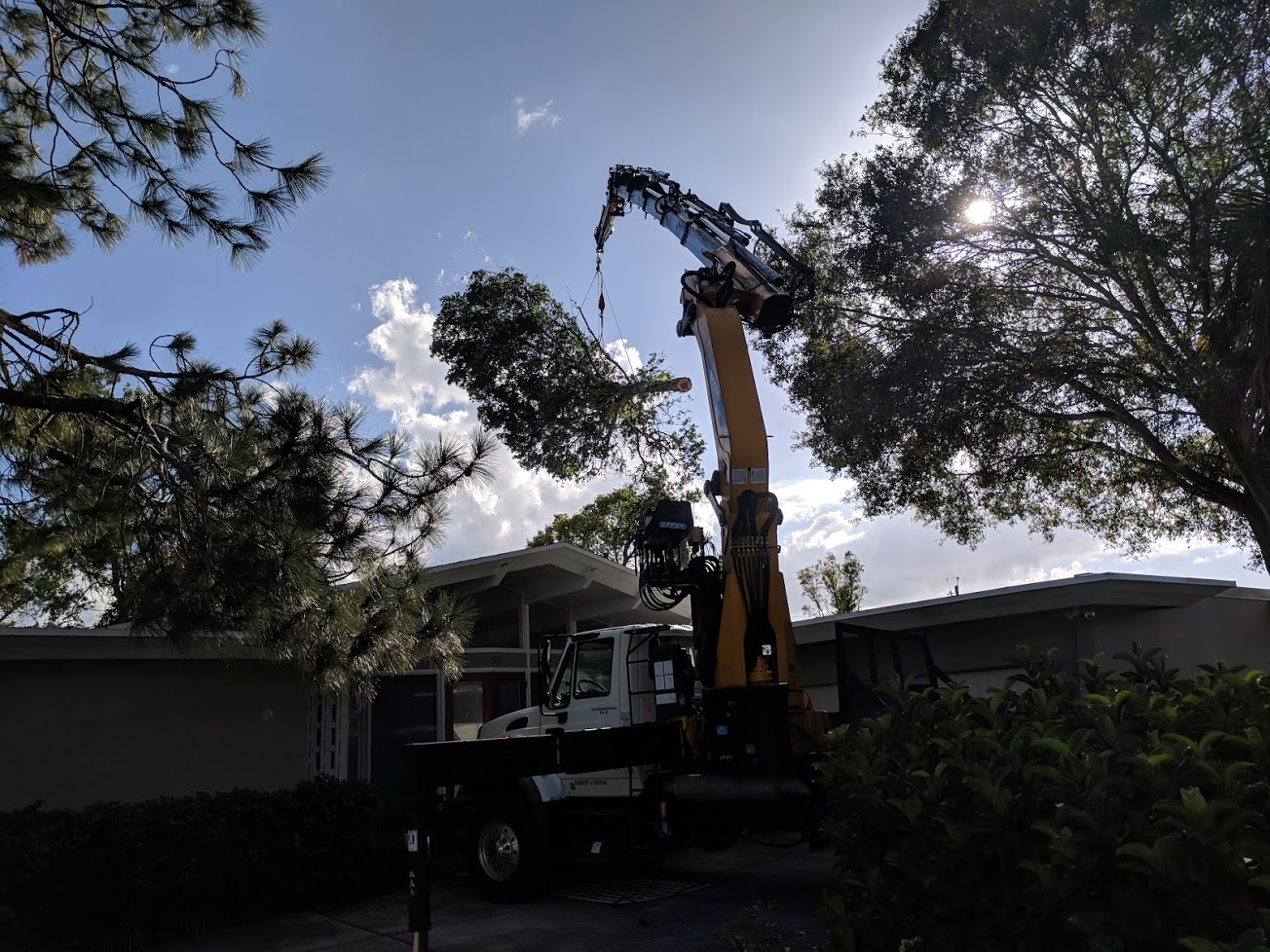Tree removal service
Tree removal nearby
At ONeils Tree Service we like to preserve trees anytime that it is possible, but sometimes Tree Removals are necessary because your trees are dead or dying, have become hazardous or need to be removed due to construction.Tree Removals are one of the most dangerous jobs in arboriculture, so our arborists and crew are highly trained. During a removal we protect the area surrounding the tree and ensure safety on the site of the tree removal at all times. When we remove trees we use up to date industry standard climbing and rigging techniques to safely and efficiently remove the tree. Often trees are very close to homes and structures or are dangerous to climb and lower safely to the ground. As a result, we prefer to use a crane to make the removal of any tree safer for you, your property, our crew and everyone else involved. Additionally, a crane can increase productivity which sometimes can mean savings for the customer.We use large equipment to minimize the impact to property and surrounding plant life during a tree removal. Some of the equipment that may be used are: cranes, grapple trucks, turf friendly loaders and bucket trucks. We have found that this keeps the impact of any removal, may it be a Grand Live Oak or a small Crepe Myrtle, as light and as safe as possible.
Sometimes, when a tree is in poor health, has poor structural integrity, is damaging property or is in a poor location, it may have to be removed. ONeils Tree Service, in addition to being experts in the art of proper trimming/pruning, is also very precise and efficient at removing any tree no matter how big or small. Tree removal is a whole different ball game when compared to pruning. Removals often have much bigger risks involved than your standard trimming job. Each removal is entirely different from any other. Each time you decide to remove a tree there is a different set of risks. Different risks can be: screened porches, decks, roofs, driveways, traffic, valuable landscaping, pools, pavers and much more. Before ONeils starts a removal, the crew has a meeting to discuss how the job will be done, the type of tree we are taking down and what hazards are involved with the job. This helps to ensure that everyone is aware of the hazards and helps us to work as a team to successfully complete our task. As a result of careful planning, we get the trees down with as little impact on the surroundings as possible. This sets us apart from other tree services and is just one of the many reasons why a customer would hire us to remove a tree.
When an ONeils estimator shows up to give you an estimate we will look at the safest most efficient way to perform the tree removal. Most trees have entirely different approaches to removing them. Some trees require a crane to safely remove the tree from the property without damage to your home, etc. More often than not when you contract ONeils Tree Service to remove a tree the homeowner is required to apply for and receive an approved permit for the removal of the tree. ONeils can and often does pull permits on the behalf of our customers to save them time, money and aggravation. After the permit has been approved, ONeils schedules the work to be done. When we arrive on site we are prepared to safely complete most tree removals in one work day.
When ONeils is done with each job we thoroughly clean-up the mess we have made. We strive to make your property look as if we were never there. If your not satisfied, we will come back and make you happy for no extra charge.
Get a Free Tree Consultation
We service Hillsborough, Pasco and Pinellas counties including the cities of Palm Harbor, Safety Harbor, Dunedin, Clearwater, Largo, St. Petes (St. Petersburg), Tampa & more.
Resources
- http://www.stpete.org/development/urban_forestry_information/tree_removal_permitting.asp
- Tree removal Palm Harbor: http://www.pinellascounty.org/forms/drs-tree-form.htm
- Tree removal Safety Harbor: http://www.pinellascounty.org/forms/drs-tree-form.htm
- Tree removal East Lake Florida: http://www.pinellascounty.org/forms/drs-tree-form.htm
- Tree removal Belleair Florida: http://www.townofbelleair.com/building.html
- Tree removal Belleair Beach Florida: No permits are required at this time.
- Tree removal Largo Florida: http://www.largo.com/egov/docs/1229455027_865744.pdf
- Tree removal Seminole Florida: http://www.myseminole.com/
Tree removal Ozona Florida:
http://www.pinellascounty.org/forms/drs-tree-form.htm
- Tree removal South Pasadena Florida: http://www.ci.south-pasadena.fl.us/Government/permits.htm
- Tree removal Gulf Port Florida: http://www.mygulfport.us/
- Tree removal Feather Sound: http://www.pinellascounty.org/forms/drs-tree-form.htm
- Tree removal Indian Shores: http://www.irshores.com/Permit-Fee-Schedules.html
- Tree removal Redington Shores: http://townofredingtonshores.com/cityservices_files/permits_needed_032006.pdf
- Tree removal Madeira Beach: http://www.madeirabeachfl.gov/Pages/MadeiraBeachFL_WebDocs/deptindex
- Tree removal South Tampa: http://www.hillsboroughcounty.org/pgm/resources/forms/landdevelopment/treeremovalpacket.pdf



